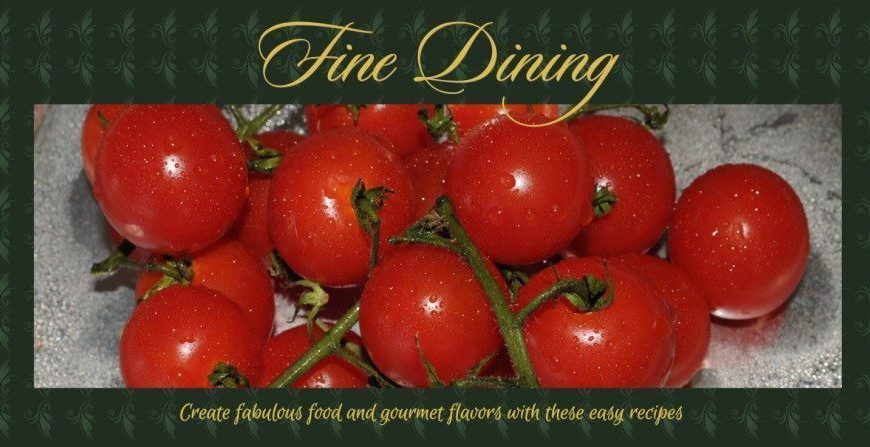The tempura prawns can also be served on a potato cake, toast or rice cake; serve also with salmon roe, chopped chives and/or avocado.
 Serves 4
Serves 4
The fish:
320 g /11 oz firm white fish, skin removed
8 tiger prawns, shelled and de-veined (always reserve and freeze prawn shells for later use to make seafood stock. )
flour for dusting
salt and freshly ground black pepper
oil for deep-frying
The tempura batter:
1 cup/250 ml self-raising flour
1 tablespoon/15 ml cornstarch
1 cup/250 ml soda water
a few blocks of ice
The dressing:
3 tablespoons/45 ml hot water
1 teaspoon/5 ml dashi granules
1-2 teaspoons/5-10 ml mirin
2 tablespoon/30 l soy sauce
The garnish:
fresh coriander leaves for serving
salmon roe or caviar
See the Glossary for safety tips on deep-frying.
- Heat the oil in a deep frying pan to about 180°C/356°F.
- Cut the fish in strips of 3 x 8 cm/1 x 3 in and butterfly the prawns.
- For the dipping sauce, dissolve the dashi granules in the hot water and let it cool.
- Add the mirin and soy sauce and mix well.
The mirin is quite sweet but after tasting the sauce you can decide whether you want to add more.
- In a large bowl, mix the two flours with the or soda water until just combined, but still quite lumpy. Add the blocks of ice to keep the mixture cold.
- Dust the pieces of fish and prawns lightly with flour and season well.
- Dip the fish in the batter, gently shake off the excess and place in the hot oil (not more than four pieces at a time).
- Deep-fry in batches until golden and drain on paper towel.
- Before adding the next batch, make sure the oil is back to the correct temperature.
- Keep the cooked fish uncovered in a low oven until you are ready to serve.
- Serve immediately.
To serve:
Serve the fish tempura pieces stacked on each plate with garnishes of your choice, and the dipping sauce in a small bowl for each serving.
